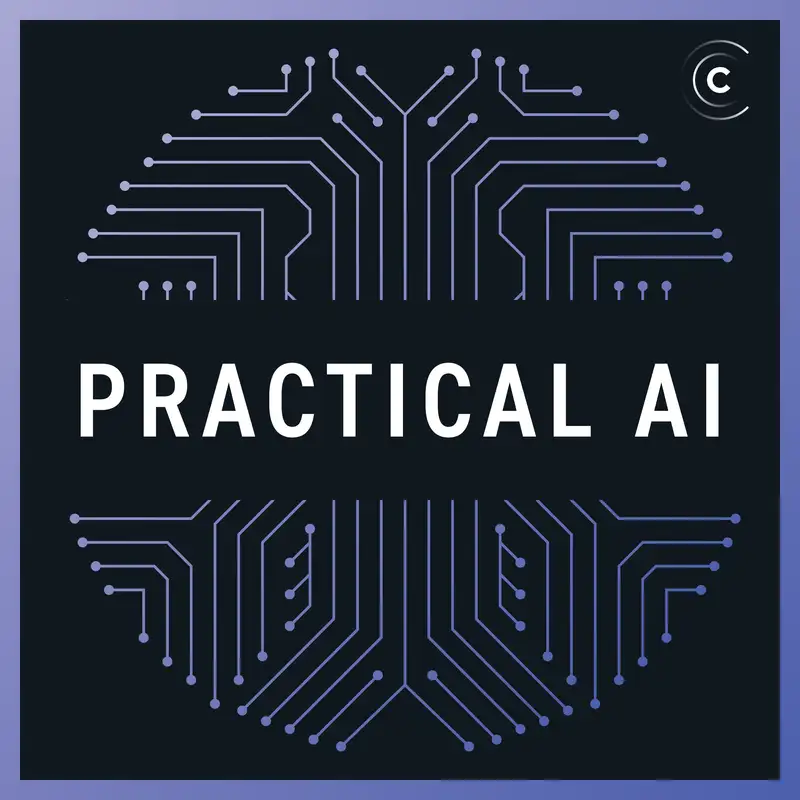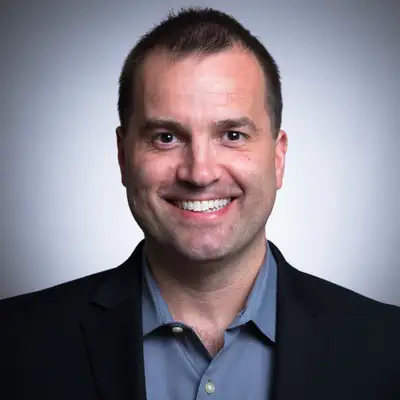Growing up to become a world-class AI expert
While at the NVIDIA GPU Technology Conference 2019 in Silicon Valley, Chris enjoyed an inspiring conversation with Anima Anandkumar. Clearly a role model - not only for women - but for anyone in the world of AI, Anima relayed how her lifelong passion for mathematics and engineering started when she was only 3 years old in India, and ultimately led to her pioneering deep learning research at Amazon Web Services, CalTech, and NVIDIA.
Changelog++ members support our work, get closer to the metal, and make the ads disappear. Join today!
Sponsors:
- DigitalOcean – Check out DigitalOcean’s dedicated vCPU Droplets with dedicated vCPU threads. Get started for free with a $100 credit. Learn more at do.co/changelog.
- DataEngPodcast – A podcast about data engineering and modern data infrastructure.
- Rollbar – We move fast and fix things because of Rollbar. Resolve errors in minutes. Deploy with confidence. Learn more at rollbar.com/changelog.
- Fastly – Our bandwidth partner. Fastly powers fast, secure, and scalable digital experiences. Move beyond your content delivery network to their powerful edge cloud platform. Learn more at fastly.com.
Featuring:
Show Notes:
- Anima Anandkumar on Wikipedia
- NVIDIA GTC Speaker
- NVIDIA GTC Presentation: Role of Tensors in Machine Learning
- NVIDIA GTC Presentation: Infusing Physics into Deep Learning Algorithms with Applications to Stable Landing of Drones
- CalTech CMS TensorLab
- Google Scholar
Something missing or broken? PRs welcome!
Creators and Guests


